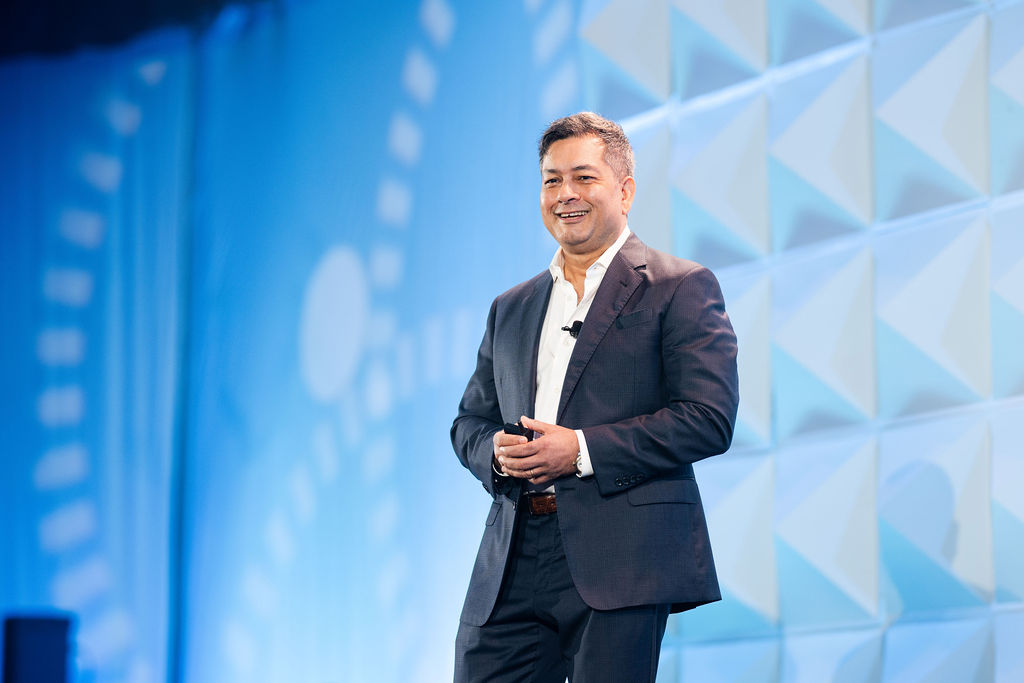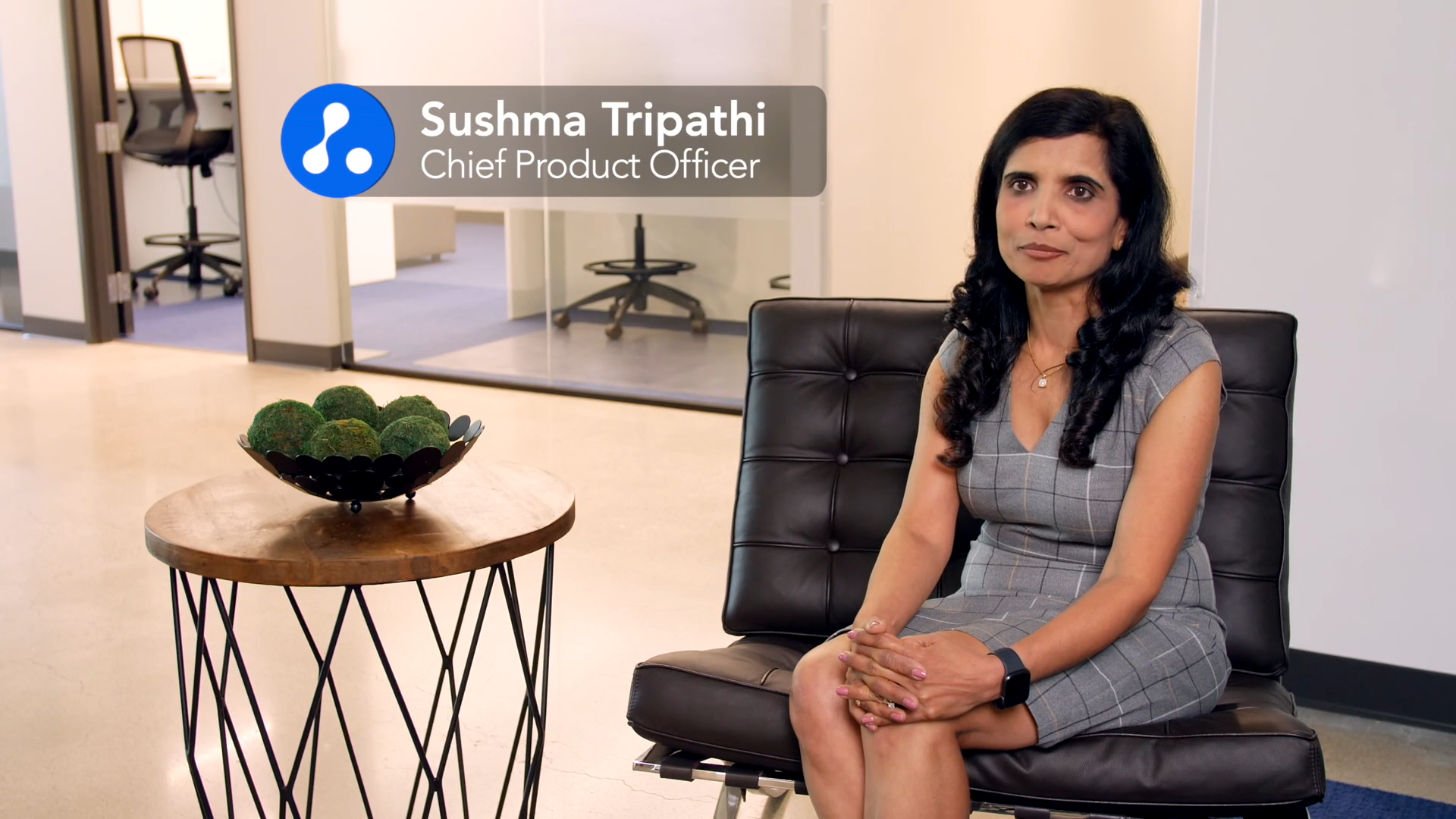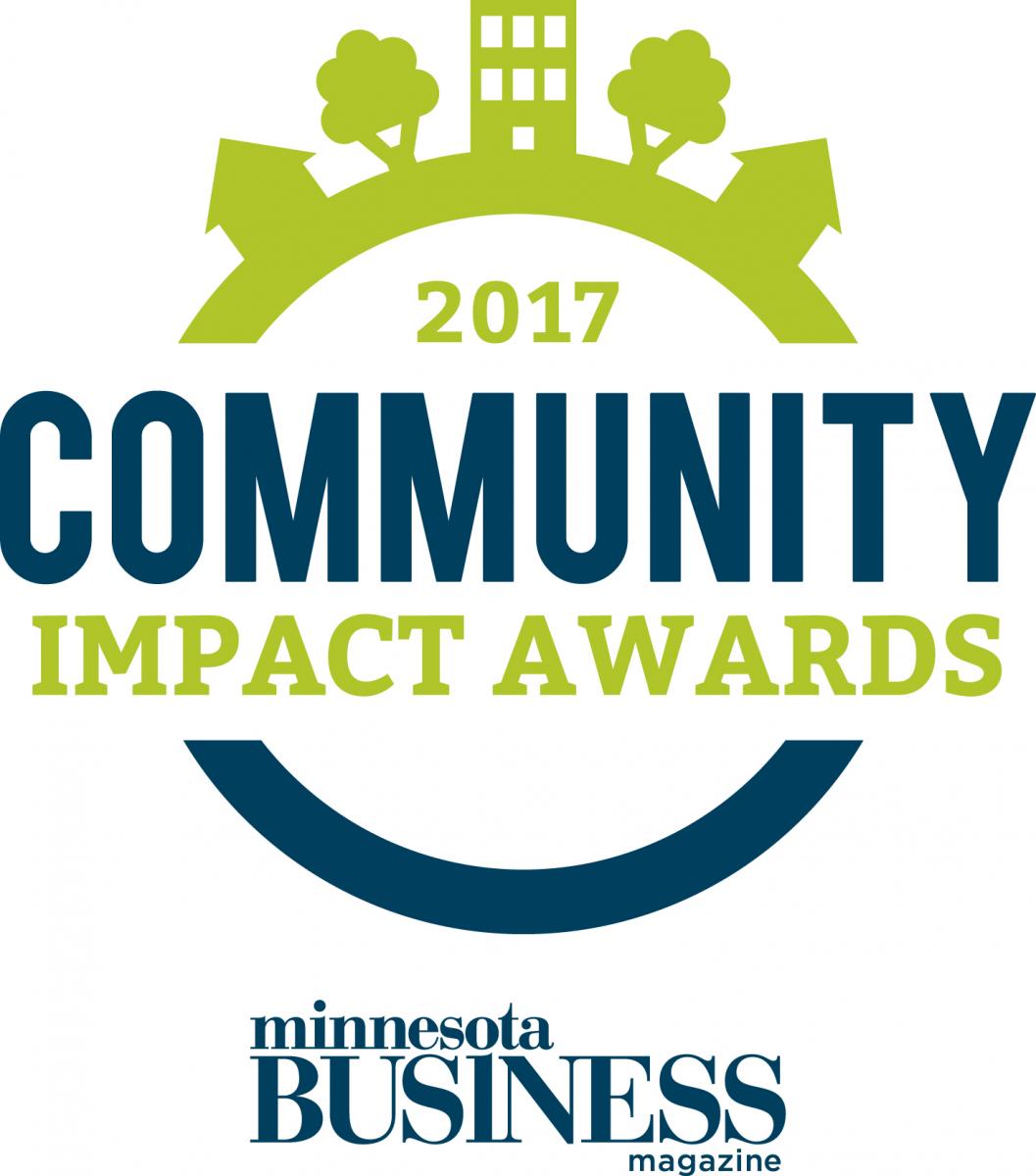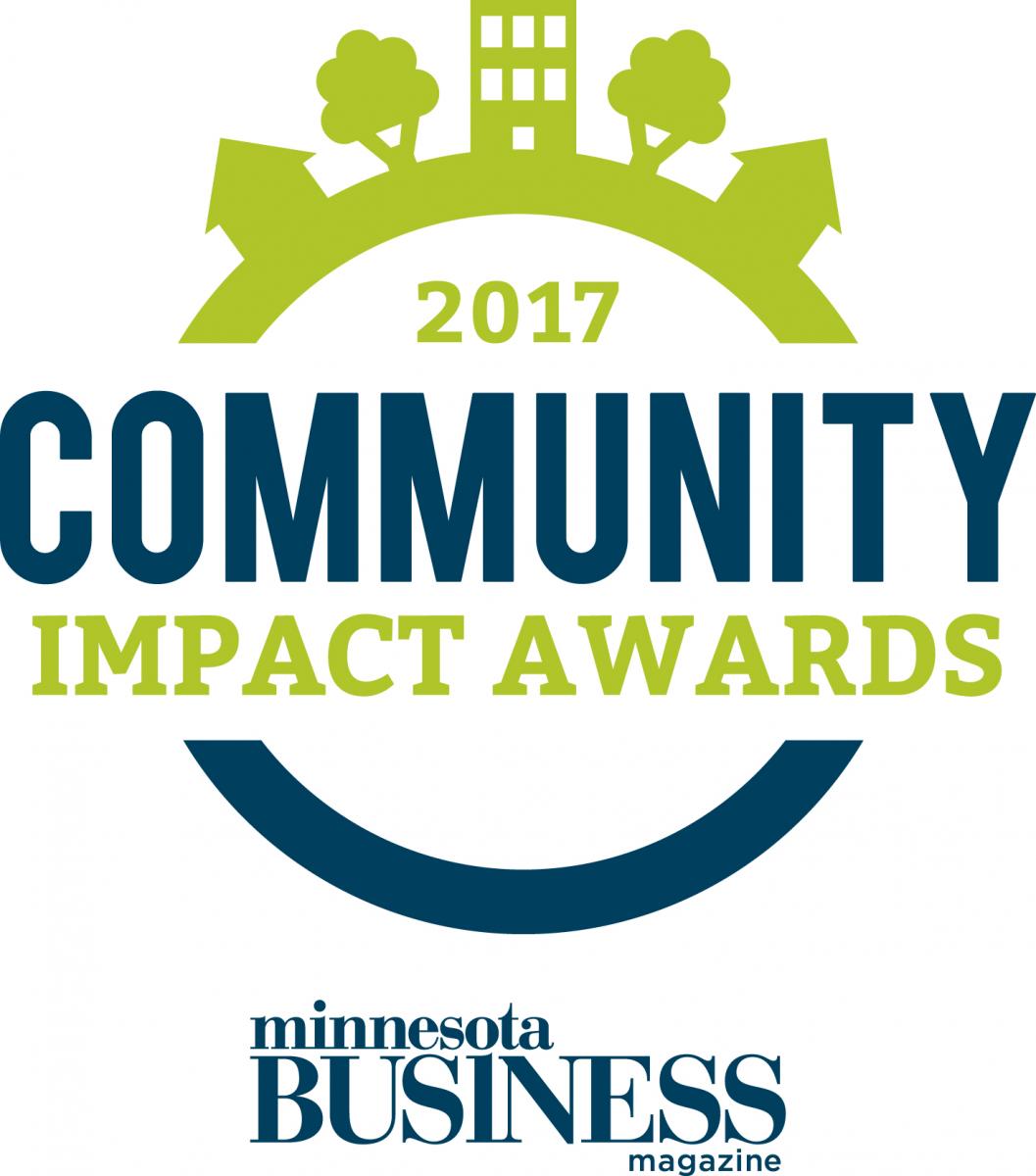In a recent study, over eighty percent of artificial intelligence initiatives within human resources and staffing involve some form of talent acquisition process. We find chatbots, machine learning, even automated selection tools that are used to rank order candidates. But where can AI powered applications really make a difference? How will it transform talent attraction and sourcing? Where can AI applications deliver specific value? And, ultimately, how will it change recruiting as we know it today?
In this episode of Avionté: Digital Edge, we’ll dive into the world of Artificial Intelligence (AI) and talent selection with special guest, Dr. Amy Lui Abel, a former Global Talent Partner at Lee Hecht Harrison and co-author of the book, Strategic Human Resource Development in Practice: Leveraging Talent for Sustained Performance in the Digital Age of AI. Together, with Chris Ryan, Chief Marketing and Strategy Officer at Avionté, she’ll help separate the hype from reality, focusing on practical ways for the staffing industry to leverage AI, evolve recruiting practices, create efficiencies, and transition to a more human-centric approach.
This is a partial transcript of the full conversation. Listen to the podcast episode for the complete discussion.
Chris: When people describe artificial intelligence and the future of staffing and recruiting, many of us imagine there’s this large black box that runs the entire recruiting funnel. You take a million names, you put them in a hopper, you throw them in, and out comes the perfect candidate preselected and ready for hire.
But the reality seems a little different. Apparently, AI can be used in a lot of different ways to augment the different stages of the talent acquisition process. So, take us through the landscape of artificial intelligence and talent acquisition.
Amy: It’s much more nuanced when you actually think about how AI can be used as tools to support what we do in a more efficient manner, doing a lot of activities and tasks that are frankly, mundane, tedious, and time-consuming for humans. It’s not this big black box taking over our world and our lives and our jobs.
For talent acquisition, specifically, it’s not one thing that we do in this space, right? Whether it’s branding our organization or branding the job. How do we reach out? How do we communicate? How do we find people? Whether it’s sourcing, fixing resumes, scheduling interviews, assessments, background checking – there’s so many steps that lead up to the onboarding process. And each and every stage or transaction that we have in this talent acquisition and recruiting process, there’s opportunity to make it better, faster, and easier.
Chris: What I hear you saying is let’s stop worrying about the intentions and motivations of AI, and figure out how we can improve a workflow, or how we can improve a decision, somewhere in the talent acquisition process. Let’s get practical in the way we apply this technology to help us.
Amy: Exactly! Let’s walk away from the hype. Let’s figure what could be more specific and helpful to us. And I’ll leave you with one sort of tagline to think about. AI will not replace people in jobs. It’s people who use AI who will replace those who don’t.
Chris: And that seems to make a lot of sense. Over the years, I’ve looked at how technology has changed the workplace and the one thing that’s clear is that when new technology is introduced, we need new skills and we need people who are willing to adopt that new technology in order to continue growing our economy or growing a business.
So, it’s really the ability of individuals to put that technology to work that makes the difference, and the ability to adapt to new tools seems to be the most important characteristic for moving forward. So, you don’t believe that that AI is going to replace a recruiter anytime soon?
Amy: No, if anything I think it makes the job and the function even better because we can take away the mundane and tedious things. Now AI will evolve the role of the recruiter. This is exactly what you just said. How can we, as recruiters, think differently about what we do? Which parts of our job will evolve and transition into things that we can basically add higher value, and where can we connect more with people and candidates on a relationship base. How do we enhance that experience with candidates that will then connect and make our jobs better, faster, more efficient.
Ultimately, our job is a matching job. We want to connect candidates with roles and jobs that they want to be in. How do we do that in an optimal way? And AI, like a computer, like emails, like any of these other technologies that have been introduced, can help us do it in a more efficient and easier way.
Chris: So, as you were talking about the ecosystem of the talent funnel, one of the things that I noticed was that there were a lot of different areas where AI can actually improve the recruiting process that have nothing to do with the actual moment of selection. For example, marketing to new talent or marketing to a broad network of people. Supporting communications and mundane activities.
I’m curious, from your standpoint, what are some of the early successes of AI in the talent acquisition process that you think are actually working fairly well right now that you would recommend people look at?
Amy: So, 80% of AI solutions within HR land in the talent acquisition recruiting space. There’s a reason for that right? It’s because where you have lots and lots of data is the perfect place for the use of AI, and so talent acquisition recruiting is about millions of candidates – and there’s a lot of data about the candidates. How can we bring that in so we can find the right people in a faster, easier way?
Not just the sourcing. It’s marketing, for example. Reaching out to find candidates. So, AI is perfect for targeted talent marketing. Think about that as a new area of focus, or new area to improve, targeted talent marketing.
So, many of us, for example, use Facebook and you know Facebook knows you better than you know yourself, and the ads come up very seamlessly and they seem to know what you want to look for, buy, or connect with. That’s AI. Now, think about that from a target marketing perspective. You’re looking for talent and candidates. So, an ad comes up in my Facebook or TikTok, and the ad states, “Do you need to find a new role in this capacity? Do you want to enhance new skills in this way? And it’s very targeted towards what you want. I haven’t seen any of that and I think that’s an amazing opportunity for AI to help us reach the right candidates.
Chris: We often think of AI as a tool that helps the recruiter make a decision, but it almost sounds like you’re using AI to help potential candidates make a decision – to help them self-navigate to new jobs or new roles, perhaps new industries.
So, it almost sounds like in order to make AI work effectively, you really need to look very carefully at each of the individual stages of the talent acquisition funnel and apply AI a little differently.
Amy: Absolutely! Ultimately, the recruiting process is about matching, and matching takes two parties. It’s not just what the recruiter feels, and does, and looks for; it’s what the candidate feels, and does, and looks for. So, how do we blend the two, and I think that’s the challenge.
There’s lots of data about what candidates want, what their behaviors are, where they’d like to be, what they like to do, their skills. And if we can use AI to make sense of that. Just like in target marketing for ads and purchases in your social media platforms, it’s the same, but you’re using a job recruiting perspective. If somebody is telling me to look at a different job that would increase my skills, increase my salary, increase my role in some capacity, I would click on that. Why wouldn’t they click on it?
But to your earlier point, there’s a number of different places in the recruiting process that AI could be used. So things like chatbots. Having a candidate be supported by an artificial intelligence chatbot throughout the recruiting process so they’re not wondering what’s going on. There’s a lot of pain in the recruiting process today about what’s going on in the process, where am I, are they still interested?
Chris: So, if used in that way, a chat bot can actually lower your stress as you’re going through an interview process.
Amy: Absolutely! This is a fun story which I think connects directly to what we’re talking about from a recruiting process. I have now seen a new app out there for dating. There are lots of apps out there that just match people using data and technology. No human intervention. And they’re fairly low cost and people complain about those apps, unfortunately, because you see a lot of inappropriate candidates. You can’t filter and it’s very time consuming.
So new apps are now not only using tech and data, but also a person, a matchmaker, who filters for you, and then presents to you. They talk to you, they get to know you, they interview you, they talk to the other candidate, and then they suggest that the two of you meet for a date. So, to me, this is a great example of the future of recruiting, where it’s not that robots will take over all of it. It’s that the human provides higher value to the process and make a better match and an easier transition with less stress, less anxiety, all of those wonderful things.
Chris: Talk to us a little bit about where you think is the most appropriate use of AI and the level of intervention that should be used in a recruiting process.
Amy: There are many shades of AI. It’s not like this one app, or one system, and depending on how you design the AI app, there are levels of application, meaning the more sophisticated the AI app, the more it learns by itself, and the more it makes decisions by itself. So, you can have a chatbot that makes no decisions. You ask a question. It spits a response. It’s a very simple assisted AI tool.
But, then you evolve into different shades of AI. For example, a driverless car is actually making decisions about turning left or turning right. So, you have very simple to very sophisticated, autonomous AI that are actually learning and making decisions as we go. So, the goal for us is to figure out what are the different apps that would help in our specific transactional processes and figure out how much decision making is being made.
Good news and bad news. The good news is that the technology can make decisions. You can tell an AI to rank order 500 candidates and present to you the top 10 based on a certain number of criteria that you’ve added. But the bad news is there’s a significant amount of data privacy risk, biases, as well as law. Look at laws like GDP. There’s lots of laws around actually making a decision on people with technology right? There’s a little bit of a risk that we need to be careful with. We want to distinguish using the tool to help us filter, rank, match. But then, ultimately, we as humans have to make the decision on another human being. Because if the AI tool made a wrong choice, which they often do, you could literally ruin somebody’s career. We, as human beings, still want to make decisions. But it’s still great to have a tool that will make our lives a little bit easier to make those choices.
Chris: So, since you brought up the issue of legality and compliance, I wanted to talk a little bit about the law in New York City and the use of artificial intelligence to make selection criteria. Even simple things like resume parsing where if you’ve got 10000 names and you set your resume parsing in a certain way, you may create bias that that will create a problem from an EEOC perspective.
How do you think the New York law might change the way we use these tools if it becomes more widely applied in other states?
Amy: So, usually laws are a little bit behind the technology. I think we struggle with that as a society. There is also the new law also coming out of Europe. It’s a new AI act where they are banning facial recognition and all sorts of use of AI on people. And so we see a lot of legality changes at play trying to support what is basically very fast evolving technology. And let’s be clear. AI tools can select, they can rank, they can filter. They can select one candidate – all of those things can be done today. But I don’t think we want that to happen as human beings because we know, inherently, AI uses past data. The data can be flawed. The data can be biased. There’s many examples out there of companies that have tested this and found biases and flawed data everywhere.
So, we need to be very careful. I think the law is pushing companies and consumers using AI to be really careful about how we use the data, setting up policies and governance around the fact that only human beings can make decisions on another human being. It doesn’t mean we can’t use tools to help, but we’re basically never going to cross that threshold of having just the machine make a choice.
So, this is where it gets very philosophical. How do we, as a society, want to use these very powerful tools to figure out how we evolve now? So, we just need to be well-educated. The laws are all coming in. They’re all happening because I think people see the potential of where things can go wrong.
Chris: So, presumably having very focused AI applications. For example, there’s an AI application for talent marketing. There’s an AI application for chatbot. There may be an AI application for resume or managing credentials. But each of those would be its own separate and discrete application augmenting an existing process, rather than replacing it autonomously. Essentially, we’re going to improve the efficiency and the workflow, and we’re going to augment all along the entire talent funnel, but we’re not going to do it holistically with a single AI entity. Rather, it’s going to be small, discrete tools that are used for very specific, well understood purposes. Is that fair?
Amy: So, it is fair as of today. There are AI tools that can be implemented in each step that will help you do it faster and better. But it sounds very cumbersome, doesn’t it? As a recruiter, I have to learn ten different tools, because each tool takes care of each different transaction. So, as a technologist with some background in this, I think that will evolve. Apps will integrate and the market will come up with more holistic applications and offerings where it’s more of a one-stop shop or at least less cumbersome.
However, for today, what I would say to our listeners and those that are in is identify where you have high need from a tech perspective. We call this the use case. What is the need or the problem areas that you have? Think about each step of the TA process that you use today. Where is there a higher need, more pain, more inefficiencies, and I would target those as first use cases. And then identify AI apps that might be able to help you with those specific areas. Like is it sourcing right? I would say that is a good place to start.
Chris: One of the things that we are heavily focused on at Avionté is the ability to integrate third -party software applications into the existing workflow. From our standpoint, being able to integrate separate best-in-class AI capabilities into the core platform, understanding that they’re constantly going to be evolving and changing is actually an advantage for us, rather than trying to put AI into every aspect of our platform.
One thing I was curious about is, Amy, you’ve spent a lot of time doing what I would call high-value recruiting, where you are looking for that needle in a haystack, that one right person, whether it’s a programmer or a senior executive, who will fit in and add extraordinary value.
Many Avionté customers are in staffing where they need to hire 20 qualified candidates who are reliable, who will show up, do their job, and stay through an assignment. So, does the calculus around how we use AI as a recruitment tool change when you’re doing higher volume recruiting, as opposed to precise, needle-in-a-haystack recruiting?
Amy: I actually think it helps even more because it’s about scaling. You’re not looking for the one candidate. You’re looking for more candidates, which means you need a larger pool to search and define. How do you identify? Think about using AI to match behavior attributes. You need to find 20 candidates with these right behavior attributes that matches to this open position. And how do you connect those opportunities to the candidates.
And there’s so many points of data about us as human beings, right? Skill set, behavior attributes, personality traits…
Chris: And any one of those traits can disqualify a candidate presumably?
Amy: You know, it could, but here’s the thing. How we train AI applications on what to look for, how to look for it, and what are perhaps some variances around that. It might eliminate candidates. But if there’s one characteristic that you think is completely wrong for this role and you’ve marked it, and you train the artificial intelligence app to say, anybody with this characteristic, we don’t want. This is the potential for AI and the use of any of those characteristics to filter and to identify the right candidates.
Chris: If you were starting your own recruiting or staffing agency, and you wanted to put together a technology stack that had best-in-class artificial intelligence tools, how would you go about building it? Where would you start?
Amy: I would start with a bigger picture view and then dig deeper. We keep talking about the transactional steps in the recruiting process, right? Step 1, we do this. Step 2, step 3, etc. But the role of the will evolve from focusing on these transactional elements in the recruiting process into more relational aspects, people aspects. This is where we have the advantage that AI can never replace, because AI is not human. And so, what does that mean? Can we think about the human centric design of it?
This is what companies do. They call that the employee experience. We’re just taking the same premise and thinking about the candidate experience. And I know we all talk about candidate experiences, but really thinking about the steps in your process from a candidate’s experience, the human design. Does that mean, in the process, we connect them more with other human beings? Are there groups of candidates that they can connect with more to form communities that helps them in certain ways throughout the process.
And what other human elements can we introduce so that we make that experience more relational, versus more transactional. Sourcing, I think, is always going to be a big problem. I still believe there are lots of people that we don’t know enough about them. We don’t know where they are, what kind of skills. But where are these hidden sources of talent pools, and what if they’re not on LinkedIn? Where are you going to find them? And how are you going to find them? This is where that target marketing approach can really help so we can start to reach out in different ways.
Assessments, I think, is another area of growth opportunity. You can ask ChatGPT to create very personalized, customized assessments for you on the fly. You don’t need to be a scientist, creating this perfect assessment tool. If you want to ask a candidate five questions that are very personalized, you can do that with ChatGPT today. So, I think that’s another area of opportunity because it’s all about identifying the right attributes or the right skills to fit into this role.
Chris: So, it sounds to me like you should have a very clear, focused strategy around what you’re trying to accomplish, who you’re trying to look for. So, the right application of artificial intelligence might look very different depending on the nature of is it a staffing company focused on healthcare professionals? Is it for professional recruiting where you’re looking for technologists? You might have very different approaches and uses of AI in order to get what you want.
Amy: Absolutely! I would start with the use case, right? Where is the need, where is the most pain or the most inefficiency? If you want to grow and change in your recruiting process, start with very specific use cases and then you can go out and identify apps that might start to help you – not worrying and fearing it, and how it’s somehow going to take over the world.
These blended recruiting models are definitely coming and will change the recruiting landscape fairly dramatically. And so, identifying and thinking about how it impacts what we do as individuals, and as companies, getting to that human centric design and basically becoming the talent advocate. How are you thinking about the talent from the beginning of advertising to them, finding them, sourcing them, but even onboarding them, training them? What are the skills they need for the current role or for future roles? And how does that talent advocacy play itself out?
For example, a company that I know in this space is finding candidates, training them, and then placing them out to a company. Meaning they’re taking the risk of the learning, the time, and the expense of training or re- training. And recruiting companies are taking that on because the talent doesn’t have the specific skills that the client wants right? So, they’re really expanding into different parts of the HR employee lifecycle if you will.
So, not only the learning, the training, but think about employee experiences, employee retention, talent mobility. How do we continue to move our talent, grow their skills, and keep placing them in the right roles? This is where I think this whole recruiting talent acquisition model is going to evolve.
Chris: So, it’s not really just talent acquisition anymore. It almost sounds like a total talent life cycle if you will.
Amy: Yeah, we need to think more about that. Think about how it integrates, and maybe it’s integrating with your clients or integrating with different companies. Or, from a software and platform point of view, integrating different apps that makes it easier for me as a client to find the candidates, onboard them, place them, and retain them. If it’s a solution that makes it easier for me, that would be so appealing.
Guest
Dr. Amy Lui Abel
Global Talent Partner, Lee Hecht Harrison
Amy Lui Abel serves as Global Talent Partner with Lee Hecht Harrison, part of The Adecco Group, where she consults with global organizations focused on delivering strategic and innovative solutions in Human Capital strategy, leadership development, analytics, organizational learning, labor markets, strategic workforce planning, talent management, diversity and inclusion, executive coaching, career mobility, and employee engagement.
Host
Christopher Ryan
Chief Strategy & Marketing Officer at Avionté
Christopher Ryan leads the Strategy and Marketing functions for Avionté. He brings more than three decades of consulting, thought leadership, and corporate experience in Human Capital Management.
About Avionté Digital Edge
Modern technology has revolutionized the way we live, work, and play. It’s also what’s fueling the gig economy which has dramatically changed employment practices. So, what does that mean for staffing and contingent work? In our Avionté Digital Edge podcast series, we will speak directly with industry experts to explore topics and trends related to the digital transformation of staffing and temporary employment in the US workforce.
Subscribe to Avionté Digital Edge on These Platforms

